Map My Genes Archaeology Edition
Developed by Genealogy Researchers
An interactive map comparing your DNA to more than 3,500 ancient human DNA samples obtained from archaeological digs throughout the world.
$19.99 per genome

Get 100% of your DNA data with Whole Genome Sequencing.
Already have data from a DNA test? Upload your data for free.
Compare Your DNA To Ancient DNA Found Throughout The World
Map My Genes Archeology Edition compares your DNA to more than 3,500 ancient DNA samples from archaeological excavations throughout the world. Some samples are 40,000 years old.
When you use this app, you'll receive an interactive global map that shows the location of each archaeological site where ancient human DNA was obtained and sequenced. The map includes the degree of similarity between your DNA and the ancient DNA sample obtained at each site.
- Each pin on your interactive map is an archaeological excavation site.
- The size of the pin indicates the degree of similarity of the ancient DNA obtained at that site to your DNA.
- A larger pin means your DNA has greater similarity to that site's ancient DNA.
- A smaller pin means your DNA has less similarity to that site's ancient DNA.
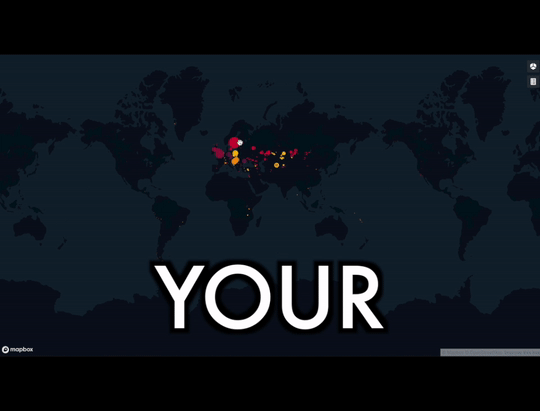
To learn more about each archaeological site, such as the name of the location and age of the DNA sample that was obtained at that site, hover over or click on a pin. You can also use the legend to learn more.
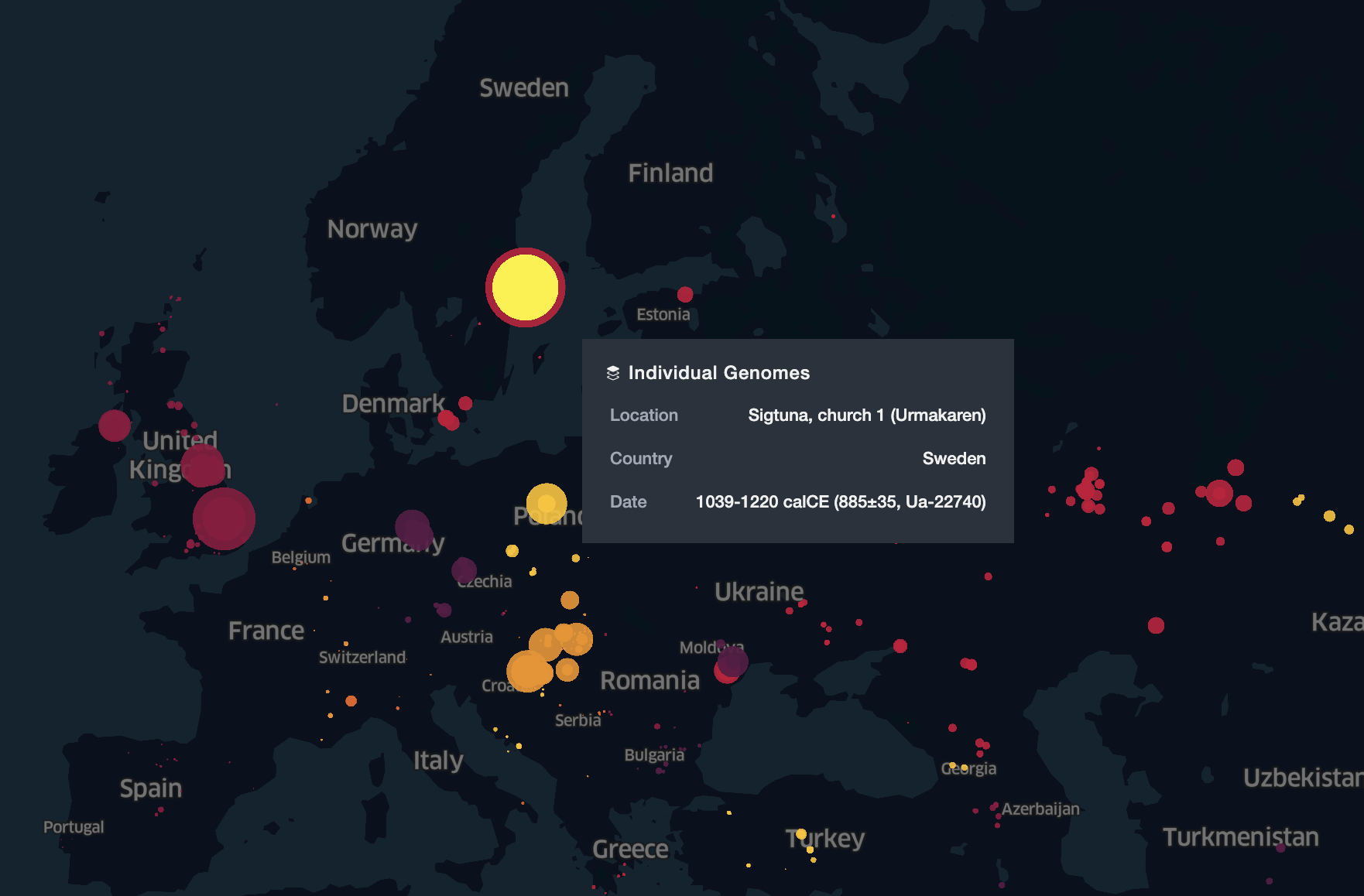
Getting Started
Once your DNA data is stored in your Sequencing.com account, click the app's 'Start' button. You'll receive your results in about 15 minutes.
You've already taken a DNA test
Upload your DNA data - Our Universal DNA Compatibility enables this report to work with DNA data from almost any DNA test.
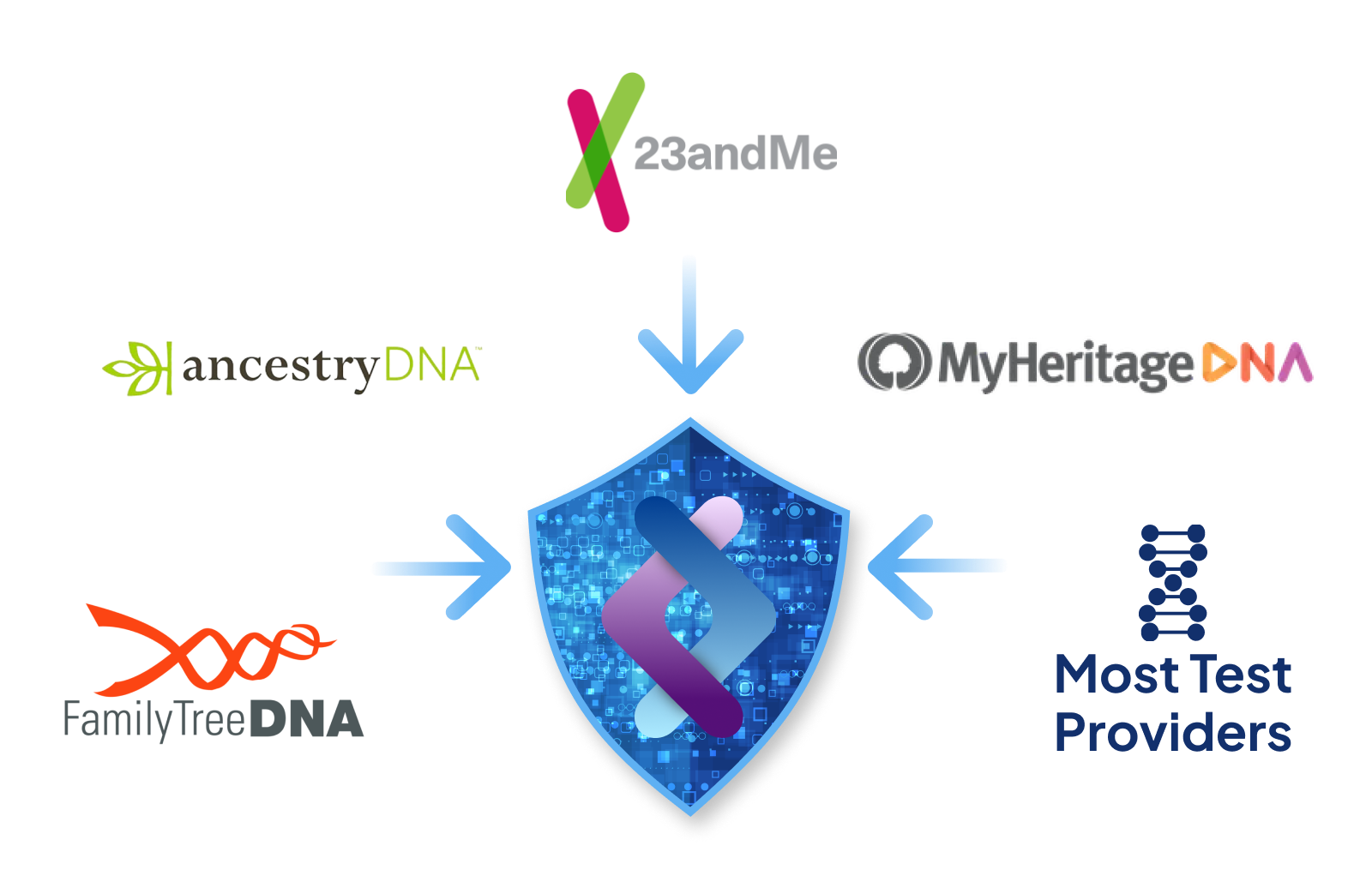
You need a DNA test
Order a DNA test - Our clinical-grade 30x Whole Genome Sequencing test obtains data on 100% of your genome.
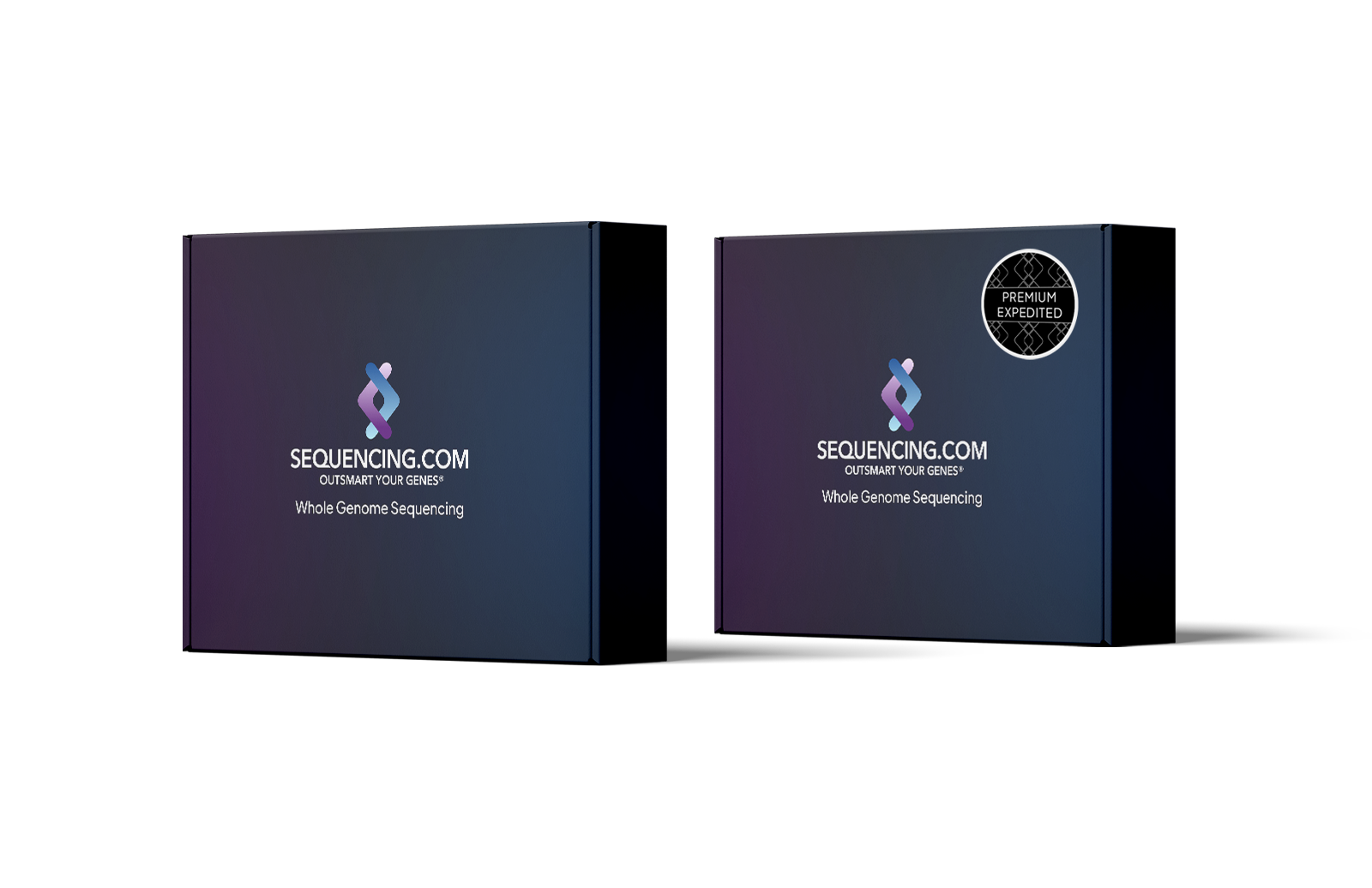
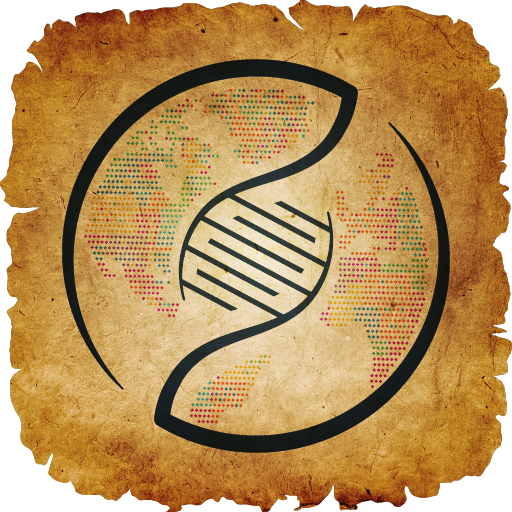
Common Archeology Terms To Represent Dates Of Events
Interested in learning more about common, yet confusing, terms used to express dates of events, such as BC and AD? You've come to the right place! We'll walk you through what the most common terms mean.
Don't worry, understanding this information isn't necessary to enjoy this app. It's just some additional interesting info!
The meaning of: bp, bc, bce, ad, ce, and cal
It's standard practice for archaeological researchers and archaeology publications to specify dates using particular acronyms. There is a range of different acronyms, and some of them mean the same thing, so it can get a bit confusing! The guide below helps clarify what each acronym means.
AD, ad, CE
‘AD’ is the acronym for Anno Domini. This is the Christian era in the Gregorian calendar. It starts from 1 AD as the year in which Christ was believed to have been born. (The date was calculated about 500 years after the event, so it was a broad estimate.)
‘AD’ is generally written in upper case letters.
- If lower case ad letters are used, this often means that the date is based on an uncalibrated radiocarbon date (see below for date calibrations).
- If upper case AD letters are used, the date stands for a historical date. For example, the Battle of Hastings was in AD 1066). Capital AD may also be used when the date is based on calibrated radiocarbon age in calendar years.
‘CE’ is the acronym for Common Era or Current Era. CE is equivalent to AD as a date. CE also places the ‘common’ or ‘current’ era as being from the suggested birth of Christ at 1 AD. For example, the Battle of Hastings was in 1066 CE.
CE, however, removes the explicit claim of Anno Domini, which means ‘year of our Lord’. First used almost 400 years ago, CE has become especially popular from the late twentieth century to emphasize secularism or sensitivity to non-Christians.
BC, bc, BCE
‘BC’ is the acronym for ‘Before Christ’. This signifies the pre-Christian era in the Gregorian calendar. The years run backward starting with 1 BC, which refers to 1 year before the birth of Christ.
Similar, to ad, when you see a lowercase bc, the date used is usually an uncalibrated radiocarbon date.
‘BCE’ means Before Common / Current Era. Similar to CE, BCE removes the explicit reference to Christ. Even though the acronym is different, BC and BCE are equivalent ( 5000 BC refers to the same date as 5000 BCE).
BP and bp
‘BP’ is the acronym for years 'before present’. The use of BP by archaeologists, geologists, and other scientists, refers to radiocarbon ages determined using other radiometric dating techniques. Radiometric dating techniques are those that provide absolute dates based on the decay of radioactive isotopes.
Radiocarbon dating was discovered in the 1940s. All living organisms contain Carbon 14, which is also commonly referred to as C14 or 14C. When an organism dies, the 14C slowly decays at a known rate called its “half-life.”
The half-life of an isotope like 14C is the time it takes for half of it to decay away. For 14C, it takes 5,730 years for half of it to decay so it's half-life is 5,730 years. Using this as a starting point, when archeologists measure the amount of 14C in an archeological sample from human bones, the archeologist can accurately calculate when that person died.
One perplexing issue with BP is that it's a date based on the 'present.' But if the present is always changing, how can this be? Scientists have resolved this by setting the 'present' in BP to be 1950. 1950 was selected as this was around when radiometric dating started to be used. 1950 is also easy to remember!
If you see a date written as 3000 BP, this means 3000 years before 1950 AD, which is the same as 1050 BC.
As with AD and BC, the use of lower case ‘bp’ usually means the date is uncalibrated while the upper case BP means the date is calibrated. Unfortunately, this isn't followed by everyone and sometimes a ‘BP’ in upper case is actually an uncalibrated date.
![]()
Learn More About New Ways To Use Your DNA
Sequencing's new DNA Education Center is your resource for learning about genetic genealogy, personalized medicine, and DNA discoveries. For example, you can learn about the role of your genes in determining your risk of medication side effects.
If you're more interested in how DNA is used in pop culture, The Sequencing Blog provides weekly insights. Our blog includes the latest trends and technological advancements that are integrating DNA into our daily lives including articles on how to use your DNA to personalize your beauty regimen, your lifestyle, and your health.
Related Reports
Explore more of our health & wellness reports for your personalized guidance.


